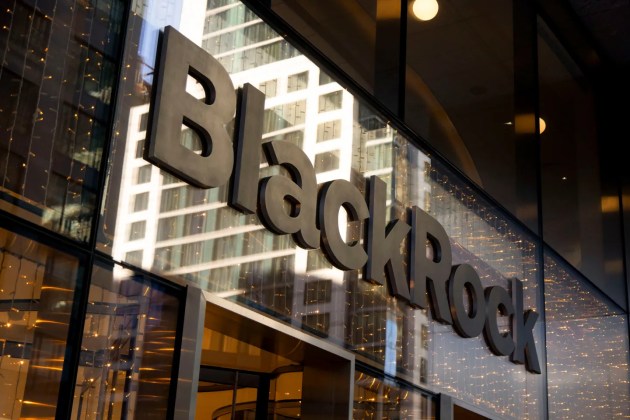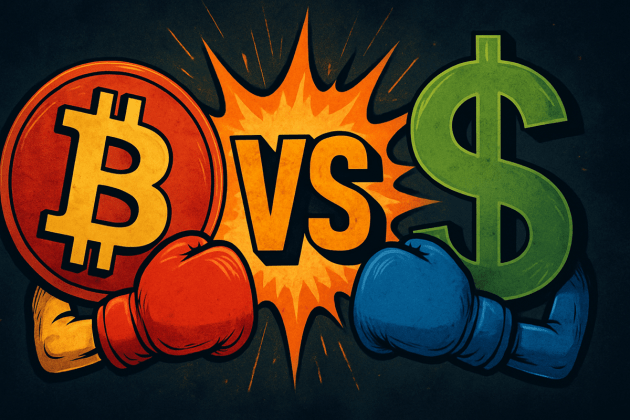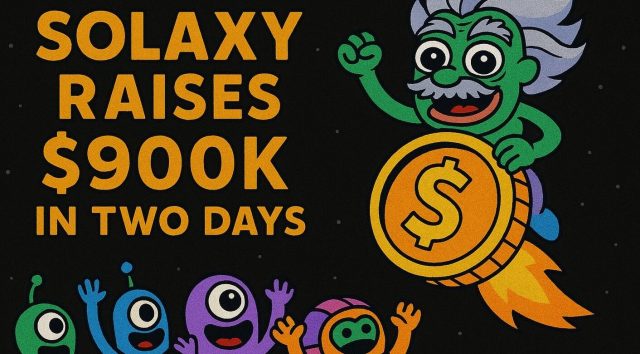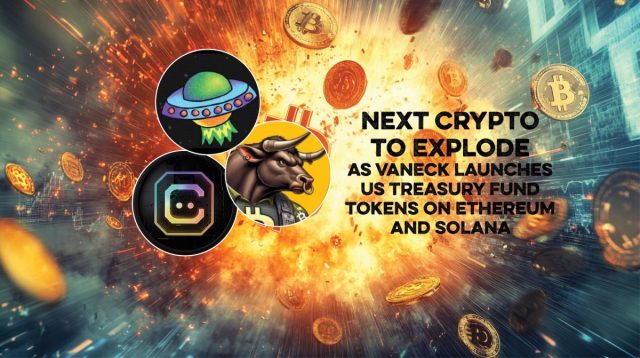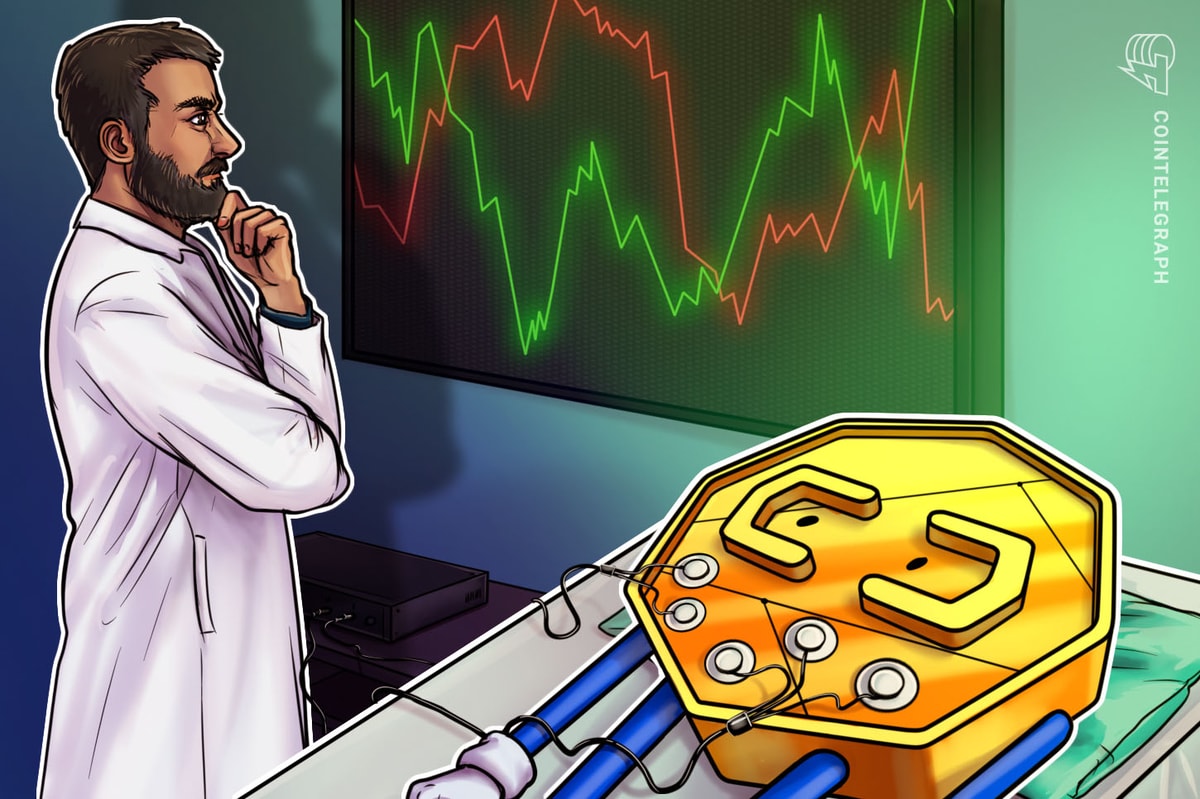Blockchain will likely change the world as we know it and most in the industry can agree on this. However, as technology expands, so do the schisms between “believers” — with some who have attached themselves to particular chains in an almost religious matter. For the chains themselves, the fanatical support they receive from their most fierce supporters, sometimes referred to as maximalists, can be a positive.
A dedicated community is invaluable for a project’s growth. They provide honest feedback and spread the message to new audiences. In many cases, the community acts as the public face of blockchains, which naturally don’t have centralized organizations behind them. Many new adopters scrutinize the community in the same way that they do the technology behind a blockchain. However, more often than not, this fierce support manifests as tribalism, leading to an us vs. them mentality among maximalists. Unfortunately, tribalism is not a positive for the overall growth of blockchain.
The Ethereum blockchain is one of the oldest and most established. Its standing has become even more solid since the rise in popularity of decentralized finance and non-fungible tokens. Thanks to its existing prominence and the potential world-changing applications of DeFi and NFTs, Ethereum finds itself second to only Bitcoin in market capitalization. As of the end of 2021, the number of wallets holding the native ETH token passed 71 million — a growth of almost 20 million from the previous year.
As is the case for many successful products and ideas, several projects have taken inspiration from Ethereum. One of the most notable of these is Cardano, which developers can use to create smart contracts and build decentralized applications, or dApps. As these use cases are some of the most critical for blockchain’s mainstream adoption, you would think the community would embrace the growth. Instead, maximalists for other projects view the new platform as a threat. When they could come together as a community united behind the world-changing potential of DeFi and NFTs, maximalists fracture into splinter groups that actively spend time smearing each other.
Rather than treating blockchain as a tool for the masses, some instead pick a protocol or platform and defend it as if it were a belief system. Users spend their time on social media channels arguing over their respective platforms of choice, more often than not making disparaging comments about their opposition. Rational debates are replaced by personal attacks. Hours that could be spent constructively discussing ways to improve the space go to waste.
Another negative consequence of the lack of cohesion between communities is the hostile environment created by constant arguing. The blockchain industry is currently working toward mainstream adoption, and newcomers to the space will likely look into online communities while doing their research.
Imagine for a moment that you’re considering investing in blockchain. You go online to see the conversation around a platform. Remember, many of them don’t have a central body and are represented by their communities. If the first thing you see is a stream of insults and negative comments, you are more than likely to be turned off. People, in general, are more likely to be attracted to communities that are in harmony. No one wants to jump in the middle of a battlefield.
This hostility will also discourage builders who don’t wish to be attacked simply because their idea is similar to other pre-existing platforms. For the industry to move forward, there needs to be an environment that encourages new ideas rather than shooting them down. Blockchain is arguably one of the most innovative fields in the world, and as a community, we should be trying to attract the best young minds to our ecosystem.
Human beings tend to act tribally. Our ancestors came together in groups for safety. Hunting, gathering and all the other activities required to survive were exponentially easier when done in a group. Outsiders competed for the same resources and naturally threatened the tribe’s survival. This sentiment seems to have found its way into crypto communities, however, we’re not competing for resources. Our eventual goal is worldwide adoption. The only way to achieve this is as a community. The current divisions will only slow the adoption process by creating an environment outsiders won’t want to join.
Furthermore, despite some users’ attachment to particular platforms, we must remember that diversity is key to success. All major industries provide consumers with more than one option. Competition drives innovation, and monopolies generally are bad for growth. The blockchain industry needs to band together and push each other to create an environment where everyone feels welcome and free to innovate. The best chance we have is if we work together.
Sheraz Ahmed is the managing partner of STORM Partners and co-executive director of the Crypto Valley Association.
This article was published through Cointelegraph Innovation Circle, a vetted organization of senior executives and experts in the blockchain technology industry who are building the future through the power of connections, collaboration and thought leadership. Opinions expressed do not necessarily reflect those of Cointelegraph.
Learn more about Cointelegraph Innovation Circle and see if you qualify to join




